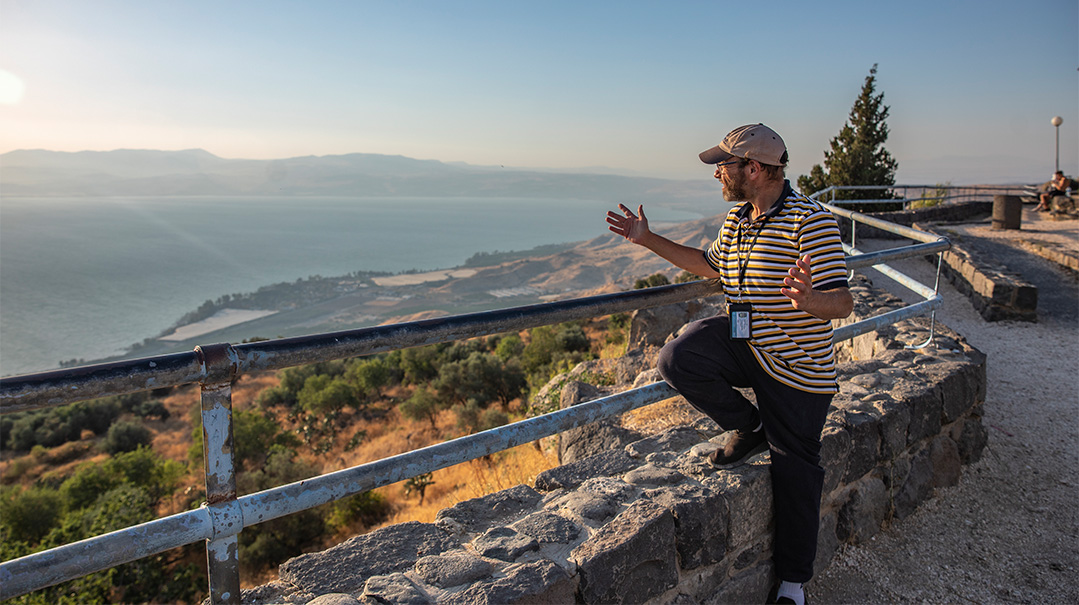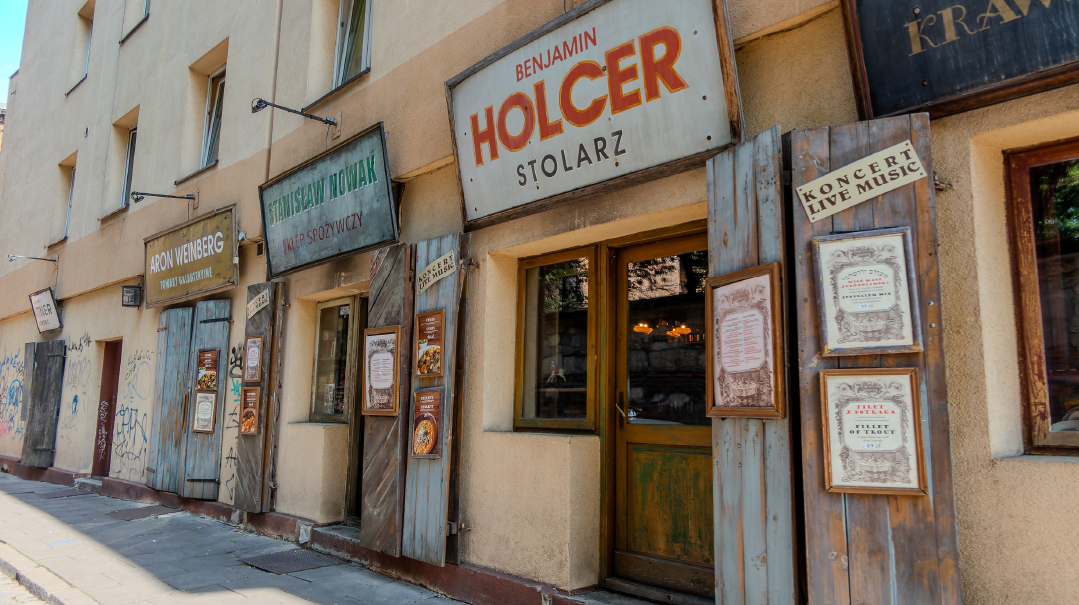Lookout for Peace

The Golan was Moshe Rabbeinu's conquest and our eternal inheritance

Photos: Menachem Kalish
One of the most inspiring aspects of any tour in Eretz Yisrael is the experience of treading on the same ground where our ancestors whose stories we study about took place. We can trace the path of Avraham Avinu, stand in the places where all the battles in Sefer Shoftim occurred, visit the spot where Dovid slayed Goliyas.
Yet there is one figure people don’t think about when touring Eretz Yisrael, because he never came into the Land of Israel. That person is Moshe Rabbeinu. Yet the fact that Moshe never entered the Land isn’t entirely accurate. The tribes of Reuven, Gad, and half of the tribe of Menashe, almost 20 percent of Klal Yisrael, would have been quite insulted had you insinuated that they weren’t living in Eretz Yisrael. In fact, this area on the eastern side of the Jordan River where the lands of Sichon and Og, conquered by Moshe Rabbeinu and — as we read in parshas Mattos — given to these tribes (and according to several commentaries, including Rashi on the brachah given to Gad, they wanted these lands in order to dwell in proximity to Moshe Rabbeinu’s hidden place of burial).
Although this area has a different level of sanctity than the land to the west (between the Jordan River and the Mediterranean Sea, the land referred to as “flowing with milk and honey"), according to most authorities, it too is obligated in laws of shemittah, terumos, and maasros.
So let’s follow in Moshe Rabbeinu’s footsteps and explore the area east of the Jordan River that he indeed conquered — known in modern times as the Golan Heights. (Even the US finally agreed that it’s part of Israel, so how can we not?)
Oops! We could not locate your form.







